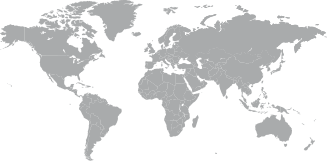The hot-button issue in the diamond industry right now is the G7 import restrictions on diamonds.
The ‘Diamond Protocol’, as it is officially named, is a major concern along the entire supply chain. From miners and manufacturers to traders and retailers, there are enormous practical and operational implications, many of which are not yet fully understood.
Over the last month, several webinars have explored the topic, including sessions with Martin Rapaport, Wes Tucker, CEO of Tracr™, and David Block, CEO of Sarine. In these undoubtedly “turbulent times”, here is what diamond retailers need to know so far.
The G7 Diamond Protocol & the Diamond Industry: What Exactly Is Going On?
In December 2023, the G7 announced that they would be imposing collective restrictions on the import of Russian-sourced non-industrial diamonds to all member countries starting January 1, 2024.
On March 1, restrictions went into effect on the import of Russian-sourced diamonds sized 1 carat and above that had undergone processing in a third country.
The third phase of the G7 sanctions is due to be implemented on September 1, 2024. From that date, a traceability solution will be put in place, and all diamond imports will have to physically pass through Antwerp, which will be the central hub for G7 traceability checks.
As discussed at the recent panel of the World Federation of Diamond Bourses Presidents Meeting in China, there are “more questions than answers” at this point. Diamond industry leaders, together with players in the supply chain worldwide, are currently working together to devise strategies for compliance in different countries and regions.
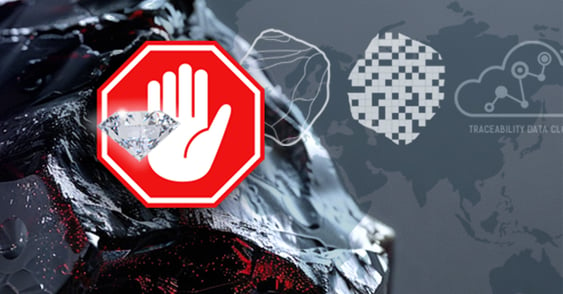
The Challenges of the G7 Restrictions: In a Nutshell
The diamond supply chain is truly global and highly complex. Yet one thing is clear: the US is the largest market for polished diamonds by far. In a recent webinar with Rapaport, it was noted that the US holds 53% market share, valued at nearly $15 billion.
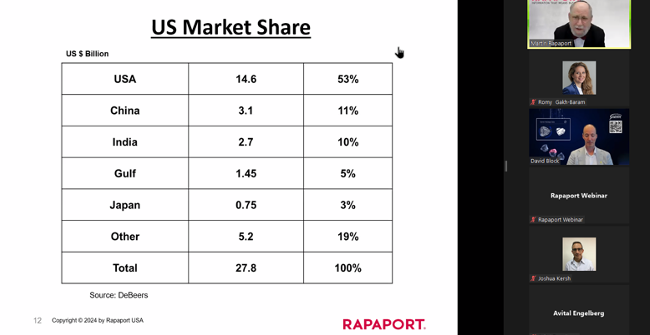
Therefore, the industry should focus strongly on US regulations in order to ensure G7 compliance and streamline trade with this principal market.
India is the world’s hub for diamond manufacturing. Fourteen out of 15 finished diamonds are polished in India. The restrictions that came into effect on March 1, 2024, dictate that diamonds sourced in Russia yet polished in a third country are not permitted for import to G7 countries. The huge ramifications on the Indian manufacturing industry and diamond trade are yet to be seen.
Another key issue is old stock. If the old stock from a certain origin is not approved for import, this will lead to widespread devaluation of assets across the industry. Currently, only the UK has given approval for the import of banned diamonds acquired by traders before January 1, 2024, when the G7 Diamond Protocol first came into effect. For traders holding on to diamonds purchased prior to the G7 restrictions, this is a crucial point that will have a massive impact on their business.
There are many more issues that G7 compliance will bring for diamond manufacturers and traders. But how will it affect the consumer-facing part of the supply chain – diamond and jewelry retailers?
-2.png?width=1200&height=627&name=Untitled%20design%20(35)-2.png)
How Are Diamond Retailers Affected? Getting Down to Business
By the time a polished diamond reaches the retail jewelry store, it has passed through many hands, processes, and countries.
For example, a diamond may have been mined in Botswana, polished in India, traded to a Belgian wholesaler, and sold to a US-based retailer.
The G7 restrictions place a heavy weight on this journey. Across each stage of the supply chain, from rough to polished to retail store, the diamond’s origin must be certified, to make it safely to the consumer.
For diamond and jewelry retailers, the concerns raised by the G7 restrictions include:
- Cost: As with any trade restrictions, there is a risk of consequential increased costs. The G7 rules mean that more resources will be required to check the origins of diamonds, which may trickle downstream to retailers.
- Diamond availability: According to Rapaport, there will be a 39% reduction (in dollar value) and a 56% reduction (in carat value) in the availability of diamonds due to Russian-origin or untraceable diamonds being excluded from the market. Restricting the inventory may make it harder for retailers to source suitable polished diamonds for their target market in a timely and efficient manner.
- Transparency: The traceability of diamonds' origin is of utmost importance. Retailers need to be able to trace and track the sourcing of diamonds to ensure that their inventory complies with the new restrictions. This will not only help ensure efficiency and reliability in the supply chain but also minimize the impact on their business.
Traceability Technology Is the Solution: Sarine & Tracr
A major obstacle to enforcing the G7 import restrictions is the sheer scale of the endeavor. Millions of rough diamonds are mined, polished, imported, and traded every year across multiple borders.
The solution lies in advanced traceability technology. Only technology has the capability to achieve both the scale and certainty required by the G7 Diamond Protocol.
Fortunately, traceability is not a new solution; in fact, Sarine has been working on diamond traceability technology since as early as 2018. Sarine’s Diamond Journey™ report accurately tracks the origin and development of a diamond, from rough-mined stone all the way to the finished polished product. Sarine is now collaborating with Tracr, the DeBeers subsidiary, to bring a robust traceability solution to the industry that combines the best of both Sarine and Tracr’s unique and advanced capabilities and helps diamond suppliers comply with the G7 restrictions.

Technology and Collaboration: Succeeding Together
As Martin Rapaport concluded in the webinar, there are existing solutions to the complexities of the G7 sanctions. Traceability technology is already proven and available.
Now, the challenge is implementing traceability at scale and ensuring that all parties across the supply chain can leverage it for import compliance. As David Block, Sarine's CEO, stated, “Traceability must start at the source, the mine. That has always been our goal. By cooperating together, the industry will be able to achieve the traceability needed to comply with the G7 restrictions and ensure that the diamond retail market continues to thrive.
Click here to watch the webinar with Sarine, Tracr, and GCAL by Sarine.
Click here to watch the Rapaport and Sarine webinar.


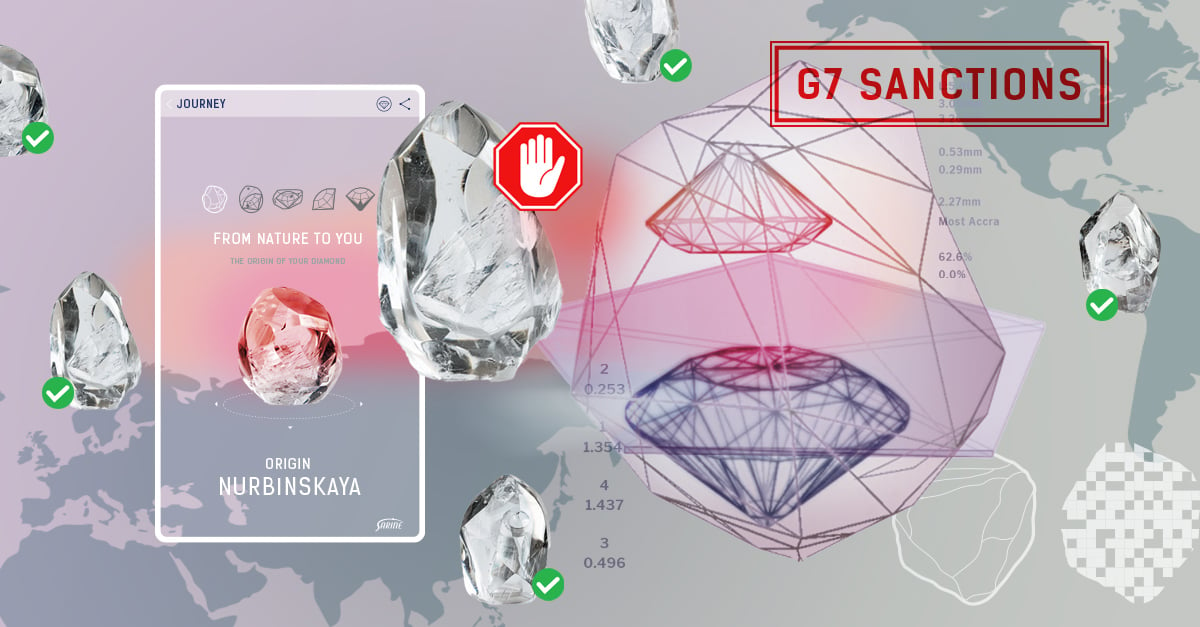


-1.jpg?width=310&name=blog_image%20(003)-1.jpg)



